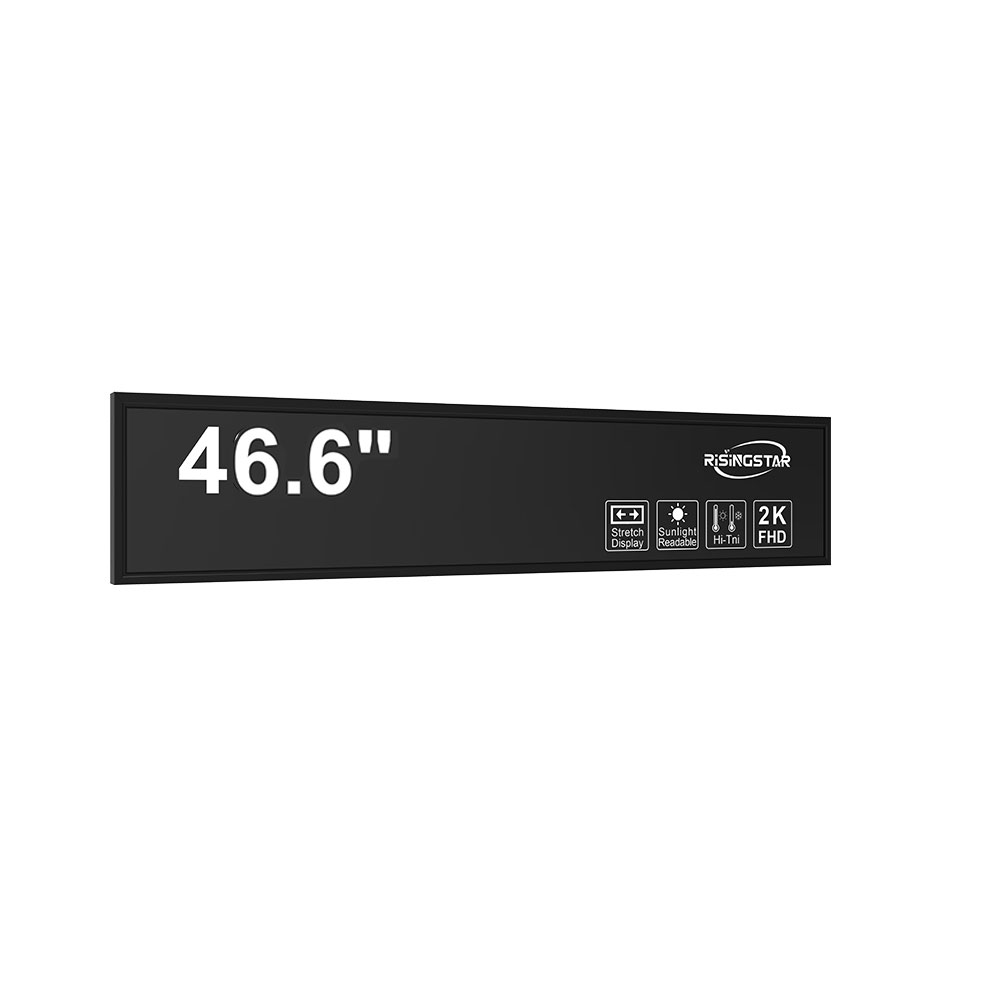- Home
- About Us
- Products
- News
- Video
- Contact
- Send Inquiry
Search
- Home
- About Us
- Products
- News
- Video
- Contact
- Send Inquiry

When deploying digital signage in outdoor environments, selecting the appropriate LCD screen is critical to ensuring visibility, durability, and long-term performance. Unlike indoor displays, outdoor LCD screens must withstand extreme weather conditions, intense sunlight, and prolonged exposure to UV radiation—factors that demand specialized engineering and materials. According to industry standards from the International Electrotechnical Commission (IEC), outdoor displays must meet minimum brightness levels of 5,000 nits for optimal readability under direct sunlight. In contrast, typical indoor LCDs operate at 250–500 nits, making brightness a key differentiator.
A high-brightness outdoor LCD screen should feature an advanced LED backlight system capable of dynamic brightness adjustment. This ensures energy efficiency while maintaining visibility during both daylight and low-light conditions. For instance, modern outdoor screens use local dimming technology to reduce power consumption by up to 30% without sacrificing image quality. Additionally, manufacturers like LG, Samsung, and Sharp have introduced proprietary technologies such as "Smart Brightness Control" and "Anti-Glare Coating," which enhance contrast ratios and minimize reflections—an essential factor for user engagement in bright environments.
Durability is equally important. The display housing must be rated at least IP65 or higher to resist dust, water ingress, and mechanical impact. Many successful deployments—such as those at Times Square in New York City or Tokyo’s Shibuya Crossing—rely on ruggedized enclosures made from aluminum or stainless steel with sealed edges and thermal management systems. These features protect internal components from humidity, temperature swings, and condensation, which can cause short circuits or permanent damage.
Another critical consideration is the viewing angle. Outdoor screens often serve pedestrians, vehicles, and cyclists from various angles. A wide viewing angle—typically 178° horizontally and vertically—is necessary to ensure consistent image quality across multiple perspectives. OLED panels offer superior viewing angles compared to traditional LCDs but are less common in outdoor applications due to cost and burn-in risks. Therefore, IPS (In-Plane Switching) LCD panels remain the preferred choice for most commercial installations.

Furthermore, connectivity and remote management capabilities significantly affect operational efficiency. Modern outdoor LCDs integrate Ethernet, Wi-Fi, and 4G/LTE modules for real-time content updates and diagnostics. Cloud-based platforms like SignageLive and Scala enable centralized control of thousands of units worldwide, reducing maintenance overhead. Case studies from retail chains like McDonald’s and Walmart show a 25% increase in campaign effectiveness when using networked, remotely managed outdoor displays.
Finally, energy efficiency and environmental compliance cannot be overlooked. Displays must comply with Energy Star, RoHS, and CE certifications to minimize ecological impact. Power consumption should ideally be below 100W per square meter for large-scale deployments. By choosing a certified, well-engineered outdoor LCD screen, businesses can achieve high ROI through increased brand visibility, customer engagement, and reduced downtime.